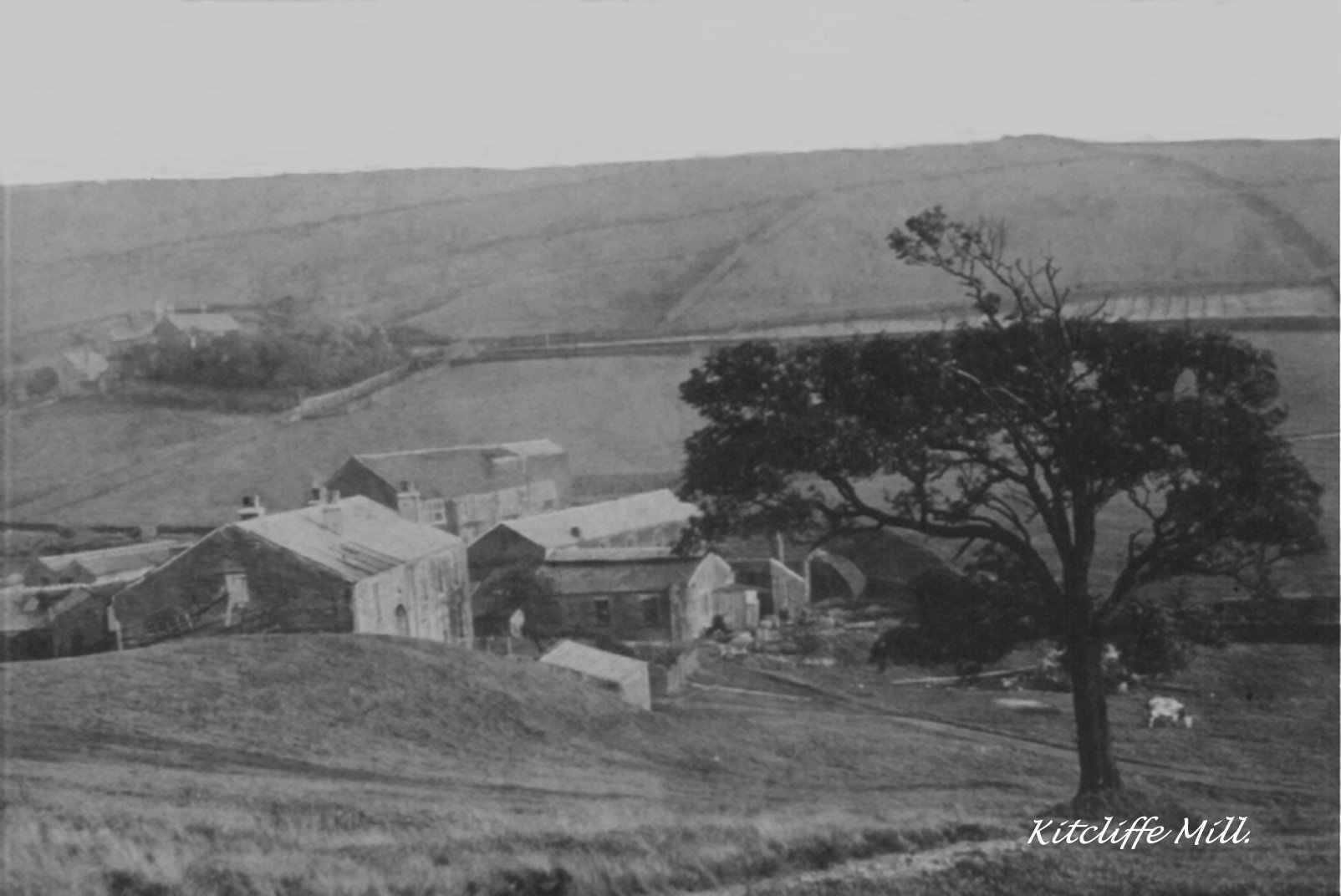- Location
- Lancashire
The bridge bottom left was the old Road before they built the reservoir

They must of took this pic on a Sunday, they've got their best bid and tucker on . Same bridge.
. Same bridge.


They must of took this pic on a Sunday, they've got their best bid and tucker on


















